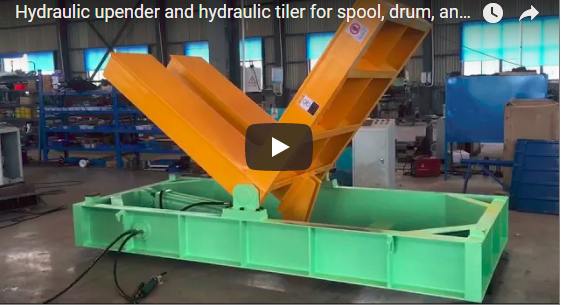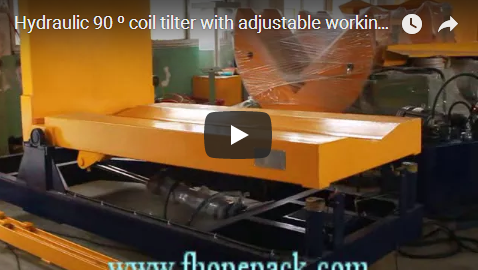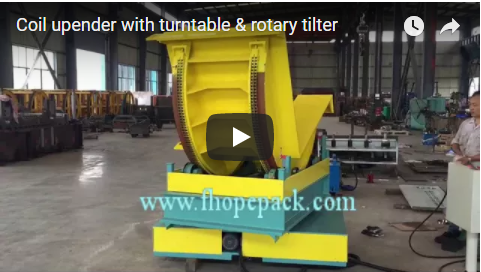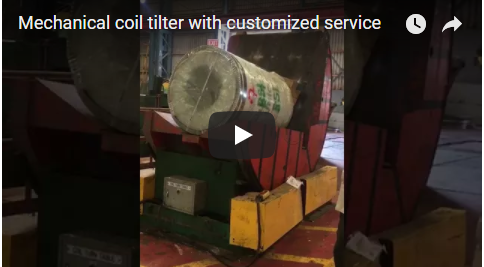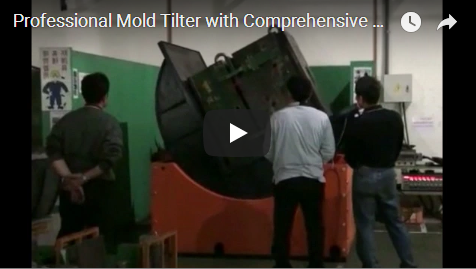Two kind of upender for handling the barrel and pallet load.
This is for 270 degree turning for handling the load
This is for 360 degree load rotation handling.
Rotating or tilting the load during production is a critical operation in many manufacturing and processing industries. It involves changing the orientation of a product or component to facilitate various stages of the manufacturing process, including assembly, welding, painting, or packaging. The methods of rotating or tilting loads can vary significantly depending on the nature of the product, the production environment, and specific operational requirements.
Mechanical Systems and Devices Used:
- Rotating Tables: These are platforms that can spin around a vertical or horizontal axis. They are commonly used in assembly or painting operations to provide access to all sides of a product without the need for manual handling.
- Tilting Devices: These mechanisms tilt the load at various angles. Used extensively in industries like metalworking or automotive, tilting devices help in processes like welding, where different angles need to be accessed.
- Positioners: Combining both rotating and tilting functionalities, positioners can handle loads of all sizes and are particularly useful in robotic welding, assembly lines, and material handling scenarios.
Safety and Efficiency Considerations:
- Load Stability: Ensuring the load is stable and secured during rotation or tilting is vital to prevent accidents and damage to the product.
- Control Systems: Automated control systems can significantly enhance precision in load orientation, reducing human error and aligning with high-quality standards.
- Ergonomic Design: Equipment should be designed to minimize the need for manual lifting or awkward positioning by workers, thus reducing the risk of injuries and improving production efficiency.
Examples of Application in Industry:
- Automotive Assembly Lines: Here, rotating platforms allow workers to access different parts of a vehicle efficiently. For instance, when installing components under the dashboard, a rotated or tilted position can make the work much easier and faster.
- Heavy Machinery Manufacturing: In the production of large equipment like tractors or heavy-duty engines, positioners can rotate and tilt massive parts, enabling workers to perform tasks such as welding or bolting in an ergonomically friendly environment.
- Aerospace Industry: Components of aircraft, such as wings or fuselage sections, often need to be tilted or rotated to allow precise assembly and joining processes.
Incorporating sophisticated rotating and tilting mechanisms in production lines not only boosts efficiency but also enhances worker safety and product quality. As technologies advance, the integration of automated systems and robotic assistance continues to refine these processes, making them more adaptable to complex manufacturing requirements.

